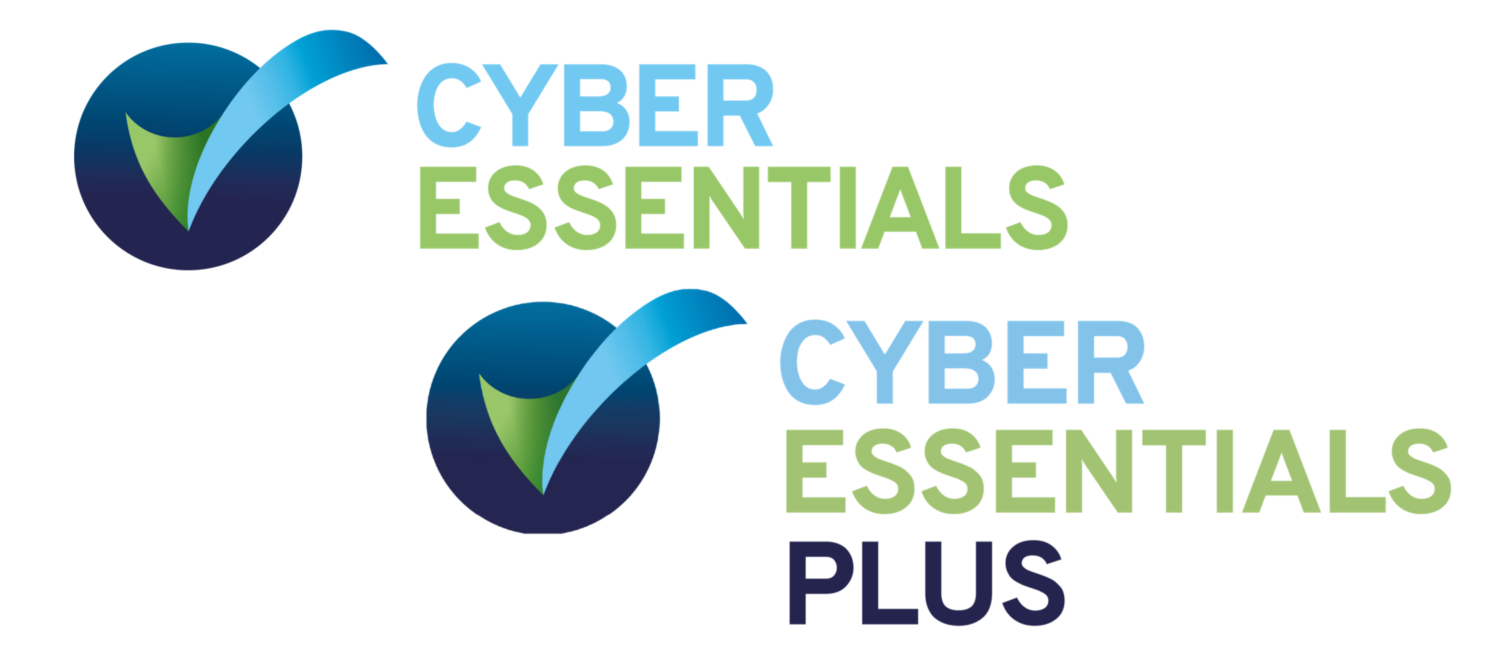
The Key to Digital Security: Unveiling Cyber Essentials

In today’s highly interconnected digital world, ensuring the security of our online information has become more critical than ever before. Cyber threats are constantly evolving, and organizations of all sizes are at risk of falling victim to cyber-attacks. That’s where Cyber Essentials comes in. As a comprehensive set of security measures and best practices, Cyber Essentials aims to provide organizations with the essential framework to protect against common cyber threats.
By implementing Cyber Essentials, businesses and institutions can significantly reduce their vulnerability to cyber-attacks. This robust program covers various key areas, including network security, secure configuration, user access control, malware protection, and patch management. By addressing these fundamental aspects of cybersecurity, Cyber Essentials helps organizations establish a strong defense against potential intrusions and data breaches.
Moreover, Cyber Essentials not only safeguards sensitive information but also strengthens customer trust and confidence. With cyber-attacks and data breaches making headlines on a regular basis, individuals are increasingly concerned about the security practices of the organizations they interact with. By being Cyber Essentials certified, companies can demonstrate their commitment to protecting customer data and ensuring a safe online environment. This certification acts as a valuable differentiator, enhancing brand reputation and opening doors to new business opportunities.
In conclusion, Cyber Essentials lays the foundation for robust and effective digital security. By following its guidelines and implementing its measures, organizations can minimize the risk of cyber threats and enhance the overall security posture. In today’s constantly evolving threat landscape, Cyber Essentials is the key to protecting sensitive information, maintaining customer trust, and securing a strong online presence.
Understanding Cyber Essentials
Cyber Essentials is a crucial element in today’s digital world. It is a set of fundamental security measures that organizations must adopt to safeguard their digital systems and data. By adhering to these essentials, businesses and individuals can significantly enhance their overall cybersecurity posture and protect themselves against the ever-evolving threats of the digital landscape.
The first key aspect of Cyber Essentials is ensuring robust boundary firewalls and internet gateways are in place. These firewalls act as a barrier between an organization’s internal network and the external world, controlling and monitoring the incoming and outgoing network traffic. By implementing strong firewall configurations, potential unauthorized access and malicious activities can be prevented, thus creating a secure digital environment.
Another vital component of Cyber Essentials is securing the configurations of devices and software systems. This involves maintaining up-to-date and patched operating systems, applications, and software, as well as disabling unnecessary functionalities and privileges. By regularly updating and securing the configuration settings, organizations can patch vulnerabilities and mitigate potential security risks.
Furthermore, user access control is an essential aspect of Cyber Essentials. It involves managing user privileges and ensuring that only authorized individuals have access to sensitive data and resources. Implementing strong authentication mechanisms such as passwords, two-factor authentication, and user account restrictions significantly reduces the risk of unauthorized access or data breaches.
In summary, Cyber Essentials provides a comprehensive framework for bolstering digital security. By incorporating robust firewalls, securing configurations, and implementing user access controls, organizations can establish a strong foundation for safeguarding their digital assets and defending against cyber threats. Following these fundamental measures will pave the way for a safer and more secure digital future.
Benefits of Cyber Essentials
Increased Security: Implementing Cyber Essentials helps to optimize your organization’s digital security measures. By adhering to the established framework, you can strengthen your defenses against potential cyber threats. This proactive approach enhances your ability to detect and mitigate risks, ensuring that your sensitive data and systems remain well-protected.
Cyber Essentials
Enhanced Reputation: Cyber Essentials certification demonstrates your commitment to maintaining a robust security posture. When clients and stakeholders see that you have implemented these essential security measures, they gain confidence in your ability to protect their data and information. This can enhance your reputation as a trusted organization within your industry, leading to increased customer trust and potential business opportunities.
Legal and Regulatory Compliance: Cyber Essentials provides a strong foundation for meeting legal and regulatory requirements. By adhering to the essential security principles outlined in the framework, your organization can take proactive steps towards compliance with data protection laws and regulations. This helps to ensure that you remain on the right side of the law and avoid potential penalties or legal complications.
Remember, these are just some of the benefits that Cyber Essentials can bring to your organization. By implementing and adhering to these standards, you can not only enhance your digital security but also improve your reputation and compliance with relevant laws and regulations. Stay tuned for the next section of this article, where we dive further into the key elements of Cyber Essentials.
Implementing Cyber Essentials
In order to effectively implement Cyber Essentials, organizations must follow a comprehensive set of best practices to ensure the security of their digital assets. By adhering to these guidelines, businesses can significantly reduce the risk of cyber threats and protect their sensitive information.
Firstly, organizations should ensure that all their systems and software are kept up to date. Regularly applying security patches and updates is essential to address any vulnerabilities that may be exploited by potential attackers. By staying on top of these updates, businesses can bolster their defenses and minimize the potential for security breaches.
Secondly, implementing strong access controls is crucial for maintaining the integrity of an organization’s digital environment. This involves employing strong passwords, enforcing multi-factor authentication, and regularly reviewing and managing user access rights. By restricting access to authorized personnel only, businesses can greatly reduce the likelihood of unauthorized individuals gaining entry to sensitive data.
Finally, regular monitoring and auditing of systems is imperative for detecting and mitigating any potential security incidents. By consistently monitoring network traffic, system logs, and user activities, organizations can quickly identify any suspicious behavior and take appropriate action to prevent further damage. Additionally, conducting regular security assessments and penetration testing can help identify vulnerabilities and ensure that appropriate security measures are in place to address them.
By implementing the Cyber Essentials framework and diligently following these best practices, organizations can significantly enhance their digital security posture and fortify their defenses against cyber threats. It is crucial for businesses to prioritize cybersecurity in today’s digital landscape to safeguard their data, maintain customer trust, and avoid potential financial and reputational damages.



